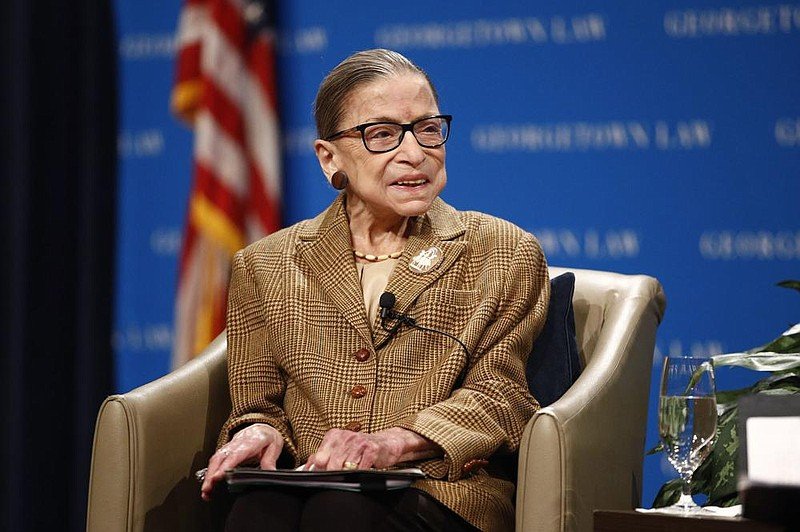To the Joyful Ones
“Shield the joyous; and all for your love’s sake.”—Order of Compline, The Book of Common Prayer (Church Publishing, Inc.), p. 134.
“The joyous.” I know these people. I have worked with them. I live with them. I go to the symphony with them. I read their postings on Facebook. They call me in the early morning on the way to work every day. I go to church with them. I serve with them.
I especially find them at one place I never suspected: at our church’s weekly Food Pantry. They are not only the joyful people who serve there but also those who come for food. That is why I selfishly have gone in the past, not necessarily to offer light but to receive it, especially from the neediest families. I would sit and ask them how they were doing. “I am blessed,” is their response. Then, they bring each other to the Food Pantry and discuss sharing the meals together.
They share poignant stories of how God has been working in their lives, caring for them. They have never met a stranger. They ask us how we have been doing since we last met. Their voices echo laughter. They ask for prayers for other family members. They teach us how to live.
I also meet the joyous at recovery meetings. Gratitude exudes from every pore of their bodies. They know what their life was once like and what it has become in recovery. They remind us that joy can be missing in our lives, whether we have nothing or everything. Happiness does not come from things or substances but from a relationship with a higher power that we most often call God. So, we surrender and decide to let this God run the show. I go to hear people talk at recovery meetings whose “lights are on,” especially when mine seem dim. I always leave lighter and brighter with a handful of gratitude.
What do these groups of people have in common? Community. A community of wounded people who have transformed their pain into healing each other. They are called wounded healers.
food pantry car line







